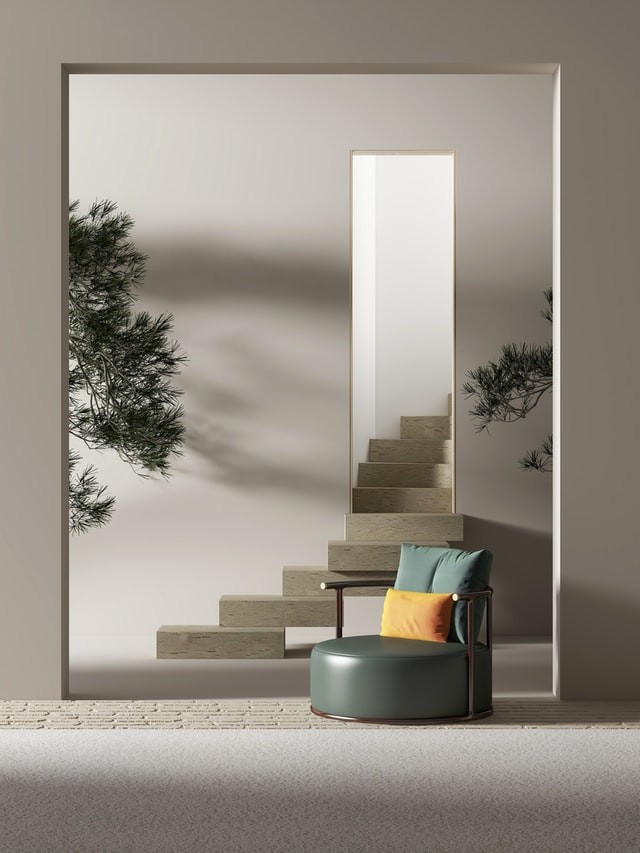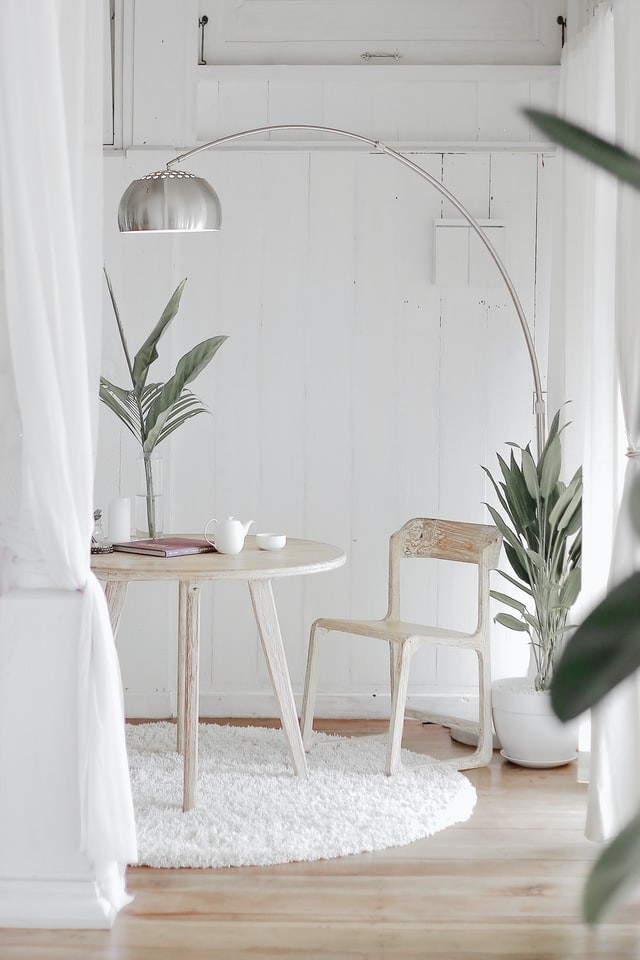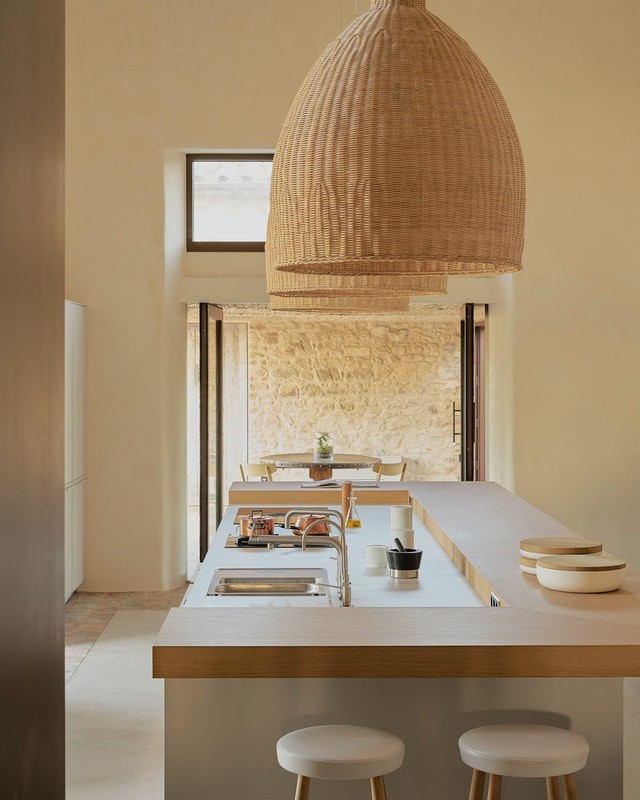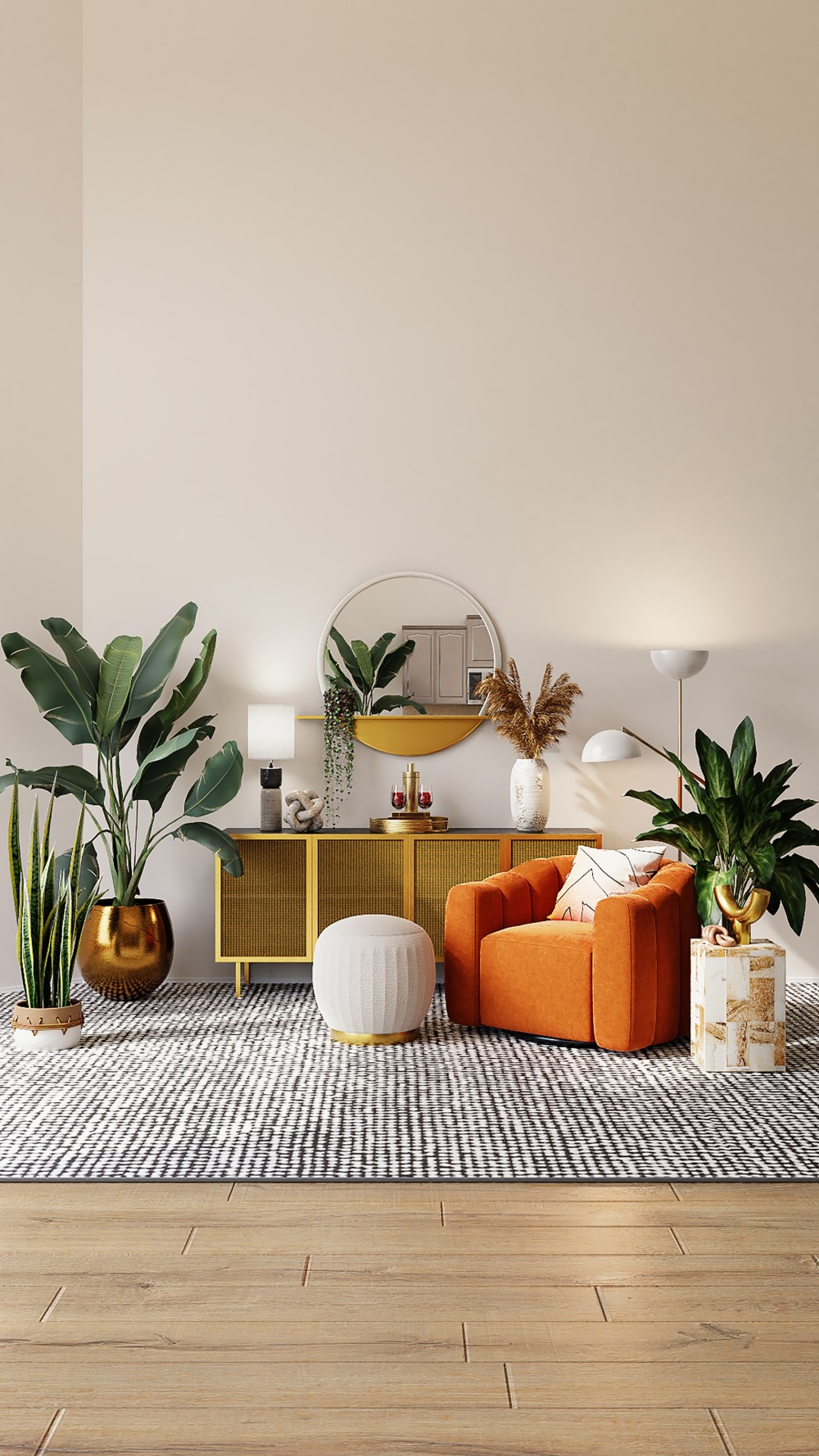Interior Designing & 3D Visualization

The Benefits and Possibilities
Image by Stefen Tan
All fields of creativity are influenced by technological development such as interior design. One thing interior designers invest in is their drawings, it is a great tool equipped in generating clients' feedback and promoting their services. Most times, they may have to deliver lots of drawings that cut across process, construction, and presentation drawings. This is a big deal for them!
Thankfully, there is a new technology paving the way for interior designers known as 3D visualization. It simply refers to an advanced way of presenting graphical content with software in a virtual environment. Is It worth it? Let’s check out some of the incredible benefits 3D visualization has to offer interior designers. Decide if it is good for you or not!

Image by Jason Wang
Art is the basis of interior design because it requires both artistic capabilities and ideas transitioning from the mind to a piece of paper. But there is a limitation to the things that are achievable with pen and paper, and once this limit is reached, there is no way to enhance the drawings. Presenting the quality of materials used in interior designs is not effective with drawings. Even if you have the best creativity in terms of interior designs, there is just a limitation on what you can achieve compared to a computer-generated image.
Dedicating time to creating photo-realistic drawings will cause excessive time wastage. However, 3D visualization enables quick delivery of realistic presentations to clients without hassle. The 3D rendering software is a dynamic software featuring 3D model templates and texture libraries that are used for creating designs that ensure effective virtual presentations. With this, clients have a clear view of the design and overall deliverable.
From the incorporation of real-life materials to color, texture, and lighting, you can achieve anything with 3D visualization. Multiple angle presentation via rendering is also possible to ensure work provides a realistic outlook on all ends.
Don’t mix it up, interior designs can do justice to atmospheric presentations. But not all of them come around to delivering good work. For example, process drawings are not anywhere near the final work and do not contain the necessary elements and features to describe the beauty of the interior being worked on.
However, formal drawings come in handier but they are not efficient in catching the client’s attention. To invoke the desired feelings, more work needs to be done. Here, we are not restricted to texture, materials, and image composition but to the inclusion of captivating lights. There is no doubt that nothing else comes near 3D visualization when it comes to atmosphere presentation.
Anything is possible on a 3D scene if you have the necessary skills to use 3D software. As a plus, you can try out so many things including furniture placement, room layouts, window placement, materials, colors, space lighting, and much more. It also makes image rendering, discarding, and re-rendering easy. In a nutshell, it makes it easy to do just anything until the perfect imagery and presentation are achieved.
The importance of 3D visualization is not limited to residential projects. When it comes to commercial interior designs, you can achieve the perfect designs too since companies now care about their business feel! 3D visualization ensures the delivery of the right atmosphere for clients and builds a stream of returning buyers.

Image by Hutomo Abrianto
Relaying interior design ideas is not an easy task, no doubt! When dealing with certain projects, communicating your ideas to your client might be difficult. This can happen when dealing with massive commercial interior design projects. They often contain big corridors, commercial spaces, and offices for rent and future use. You might want to ask, “how was it achievable in the past without the advent of 3D visualization?” They just did! But the real question is what effort was required in project pitching to secure the job? It is certainly not a coincidence that the saying goes thus, “A picture is worth a thousand words.”
However, you don’t have to worry about explaining ideas when you have 3D visualization to get the message across for you. There is a limitation to elaborations and clarifications required. Clients can easily see realistic renders and have a clue about what you want to achieve. The inclusion of realistic lights will make the space much more lively and captivating to clients.
Rendering bigger scenes to embrace the whole space, not just a room is possible. This is of value when dealing with bigger projects so that clients can have oversight of the design and understand what is being conveyed.
It is possible your client falls in love with the drawing at first sight and gives you the go-ahead. However, this does not happen often! It is expected that clients may request some changes and only depending on sketches and drawings can translate to a lot of work. What about other projects you have at hand? What will you do if those clients also request changes in the design? Here, we are referring to incredible hours of work. But 3D visualization can come to the rescue.
This can save you time and energy. But don’t you have to make changes when using 3D visualization? Yes, indeed! However, you need to put in the effort when it comes to 3D visualization, but it is less engrossing. Here are some reasons. With 3D rendering, 3D software is used for getting the job done. When a scene is created, all you need to do is save the scene like a file.
This file can be easily accessed and opened anytime you desire to make changes. Making changes, no matter what it is, only requires a few minutes to get done. Whether it is changes in texture, rendering position, lighting, color, or materials, it takes a few seconds to accomplish. This makes 3D visualization a big catch for interior designers.

Image by Jorge De Jorge
Negative feedback can be very frustrating when it happens frequently when working on interior design projects. The negativity is not good for both you and your client when frustration sets in. But, what can cause this? Less knowledge about interior design terminologies. They mostly utilize plan words to relay the changes needed.
It is important to have it in the back of your mind that the emotion they show is based on the design being presented. In cases where you make interior design drawings, they will use the information available to them, based on expectation, to provide feedback. This can result in mistakes and continuous change requests because the feedback is not up to standard. 3D can be the end of this for generations to come.
3D renderings provide better information than drawings and sketches, no matter how good it looks. Additional information makes it easier for clients to make better decisions and provide beneficial feedback. This will make it easier to let you know what they need rather than providing feedback based on limited information on sketches and drawings.
3D visualization also enhances the quality of feedback clients give. Rendering images from different points of view, lighting, etc. provides clients with detailed information. An increase in detail makes it easier to picture what they want to achieve and make constructive suggestions that will make achieving the result easier.
Being an interior designer is not as easy as it seems. Time is one constraint interior designers have, especially for those just starting. They are bottled up with tasks from business management to marketing, idea pitching, project management, client engagement, and much more - all within a short time frame. Competition is high and it is important to make deliveries within the shortest time frame possible to build and secure a good reputation.
The utilization of legacy tools and methods is not time-effective. It just takes up your time. Each time you get back to work, other projects and clients are left hanging. With business growth, borderline management becomes less feasible with the legacy method. You should try and innovate. 3D visualization is the best way to go as it has proven to save time.
It embodies the phases that take the most time in the project workflow. That is, it eliminates the need to pitch ideas as clients can easily see what you want to provide. The time-saving ability of 3D visualization is most suitable when dealing with feedback and change requests. The catch is that clients get to make change suggestions more effectively and you can easily incorporate the needed changes without hassle.

Image by Spacejoy
Many clients are exposed to technology and do not have the patience to sit around listening to boring presentations. They are more concerned about the experience you can offer them in an instance. These clients will appreciate your work with 3D renders because they are associated with 3D technology.
You will be conveying your designs through a channel they can relate to and desire. This also makes it easier to save time and prevent time wasted on transitioning between offices. You can simply meet online, have meetings, and share information and designs via email and other communication channels.
There is no doubt that clients will appreciate how quick it is to incorporate changes. You can swiftly send the adjusted work to ensure it is what they have in mind. This will help build a good working relationship and have clients coming back for more work.
Nowadays, most of the marketing means are channeled through digital mediums. If you want to initiate a social media platform, build a website, or become a member of space for interior designers, there will be a need to share your previous works. There is no doubt that you can scan your sketches and drawings, however, to have the desired edge, you might want to think about 3D rendering.
Competitors in the interior designing industry are already making the best use of 3D visualization. Are you interested in the reason? It is because it streamlines marketing. For example, when it comes to your portfolio, all you need to do is regularly update your portfolio with new renders. It also makes maximizing the cloud easier as it enables clients to see your works at a go.
Renderings can also be presented in unique and specific sizes and formats. The designs can also be added to emails, website pages, and printed out for display. This brings out the creativity in you. An example is sharing the process of your project and attaching 3D renders to the post as it develops. With increased efforts, there is a possibility of designing walkthroughs to engage and convert more clients.
There is an advancement in 3D software and hardware components as the day goes by. It is a plus as it enhances the cost-effectiveness and ease of embracing 3D visualization. As discussed, 3D visualization is a great tool for interior designers. This offers lots of benefits from client satisfaction to better and more effective marketing. With the possibilities that come with it, it is evident why interior designers are adopting 3D visualization in this age and time!

